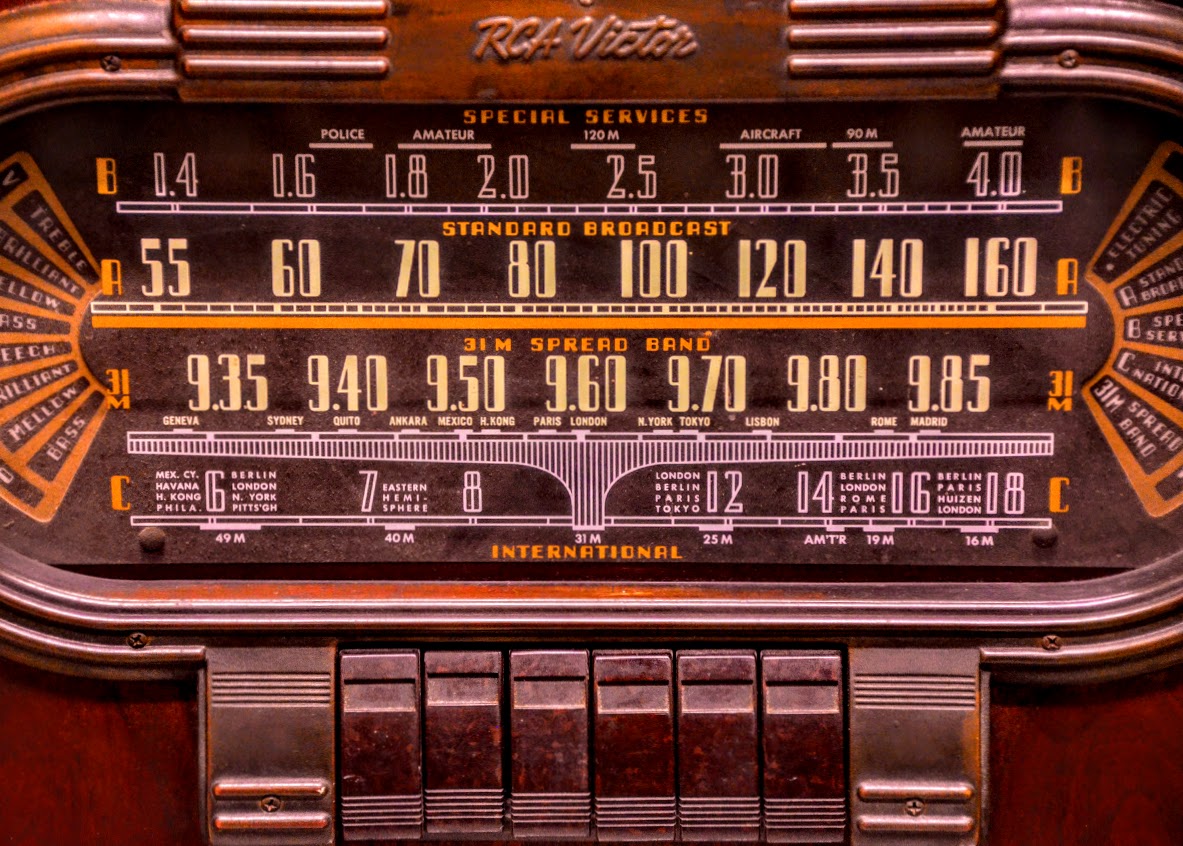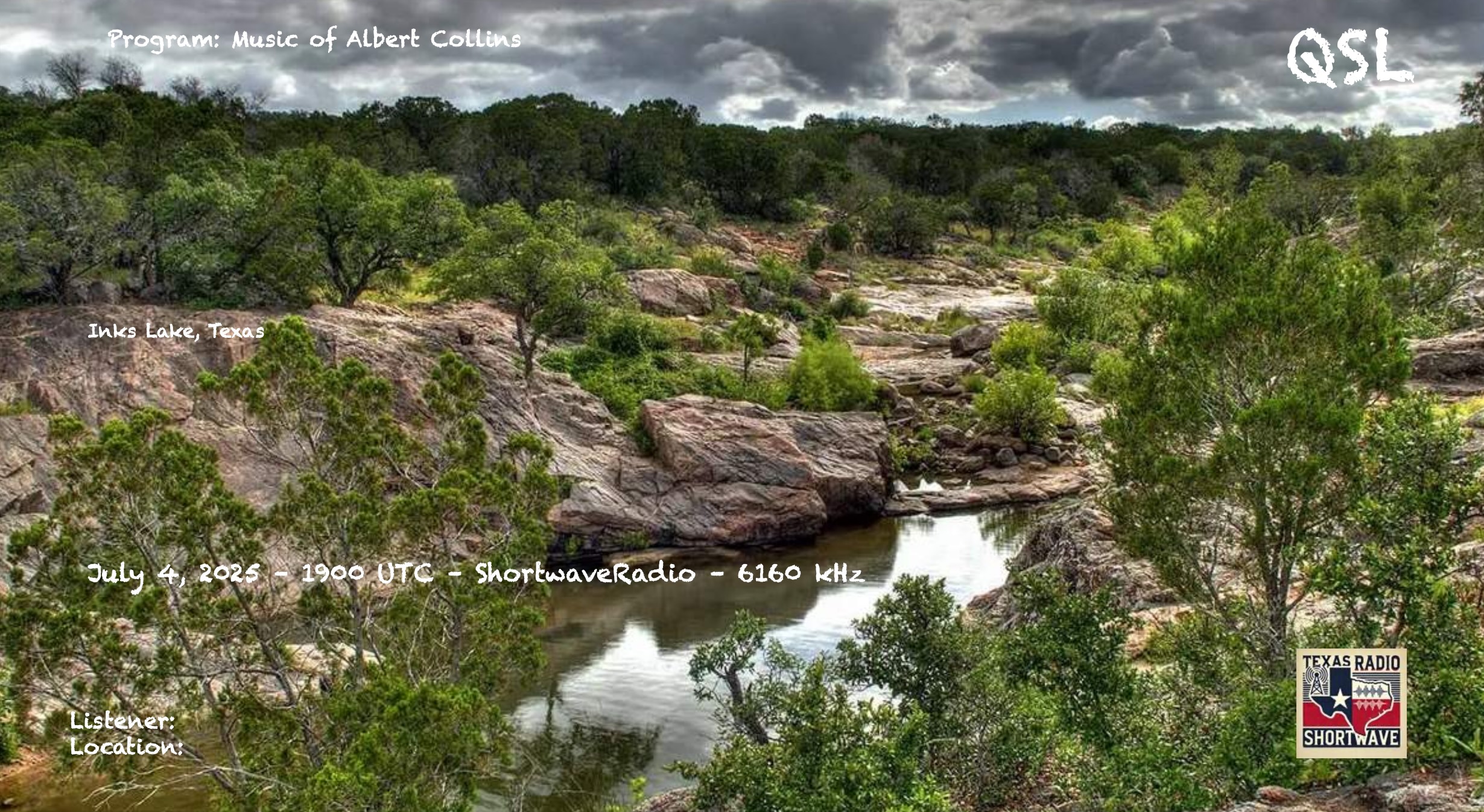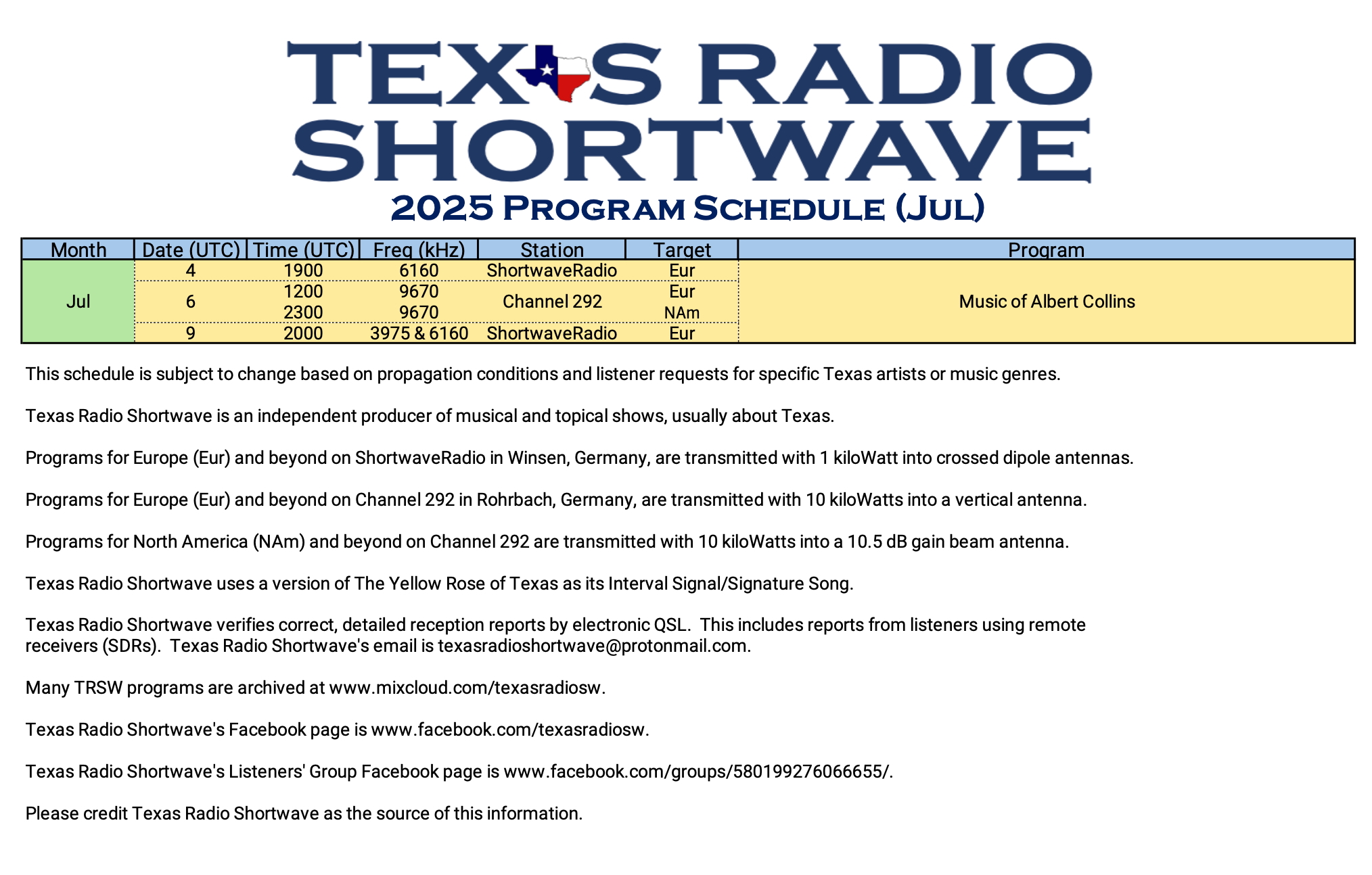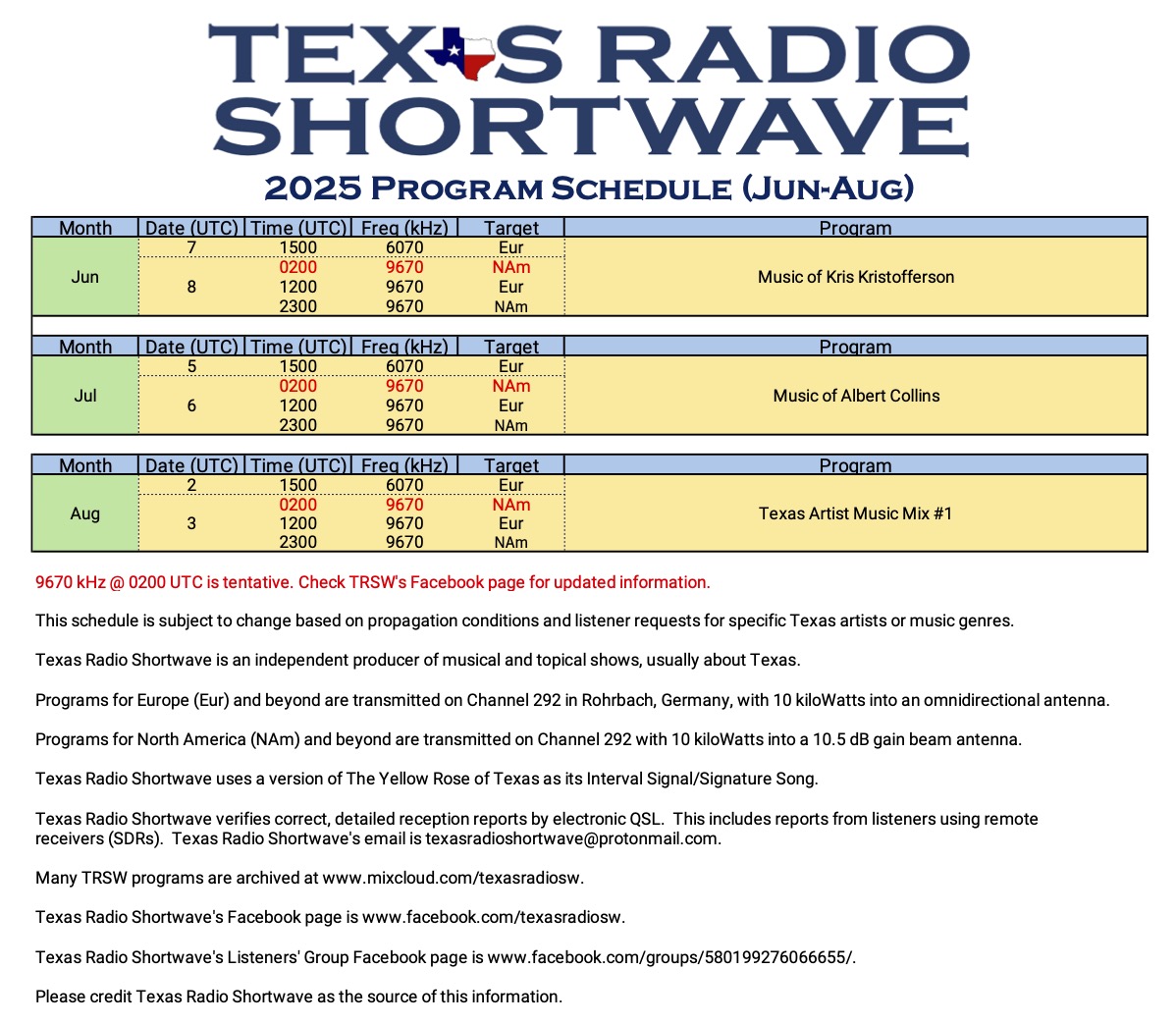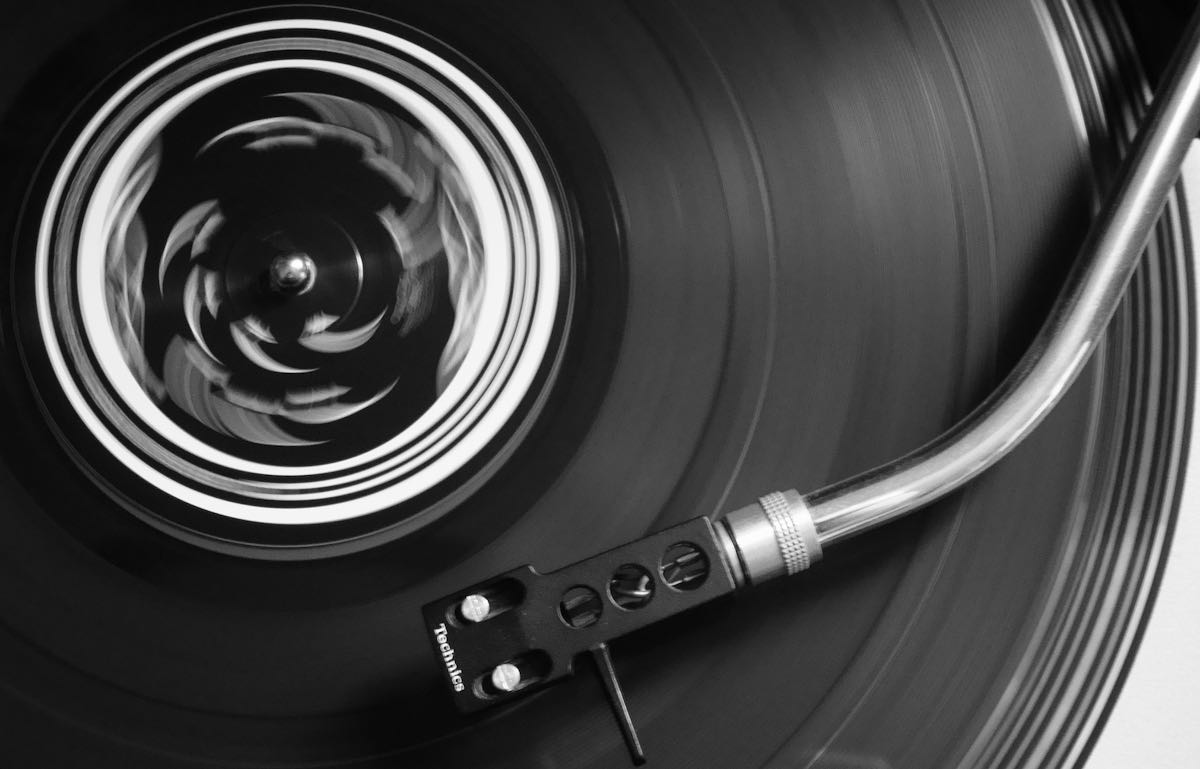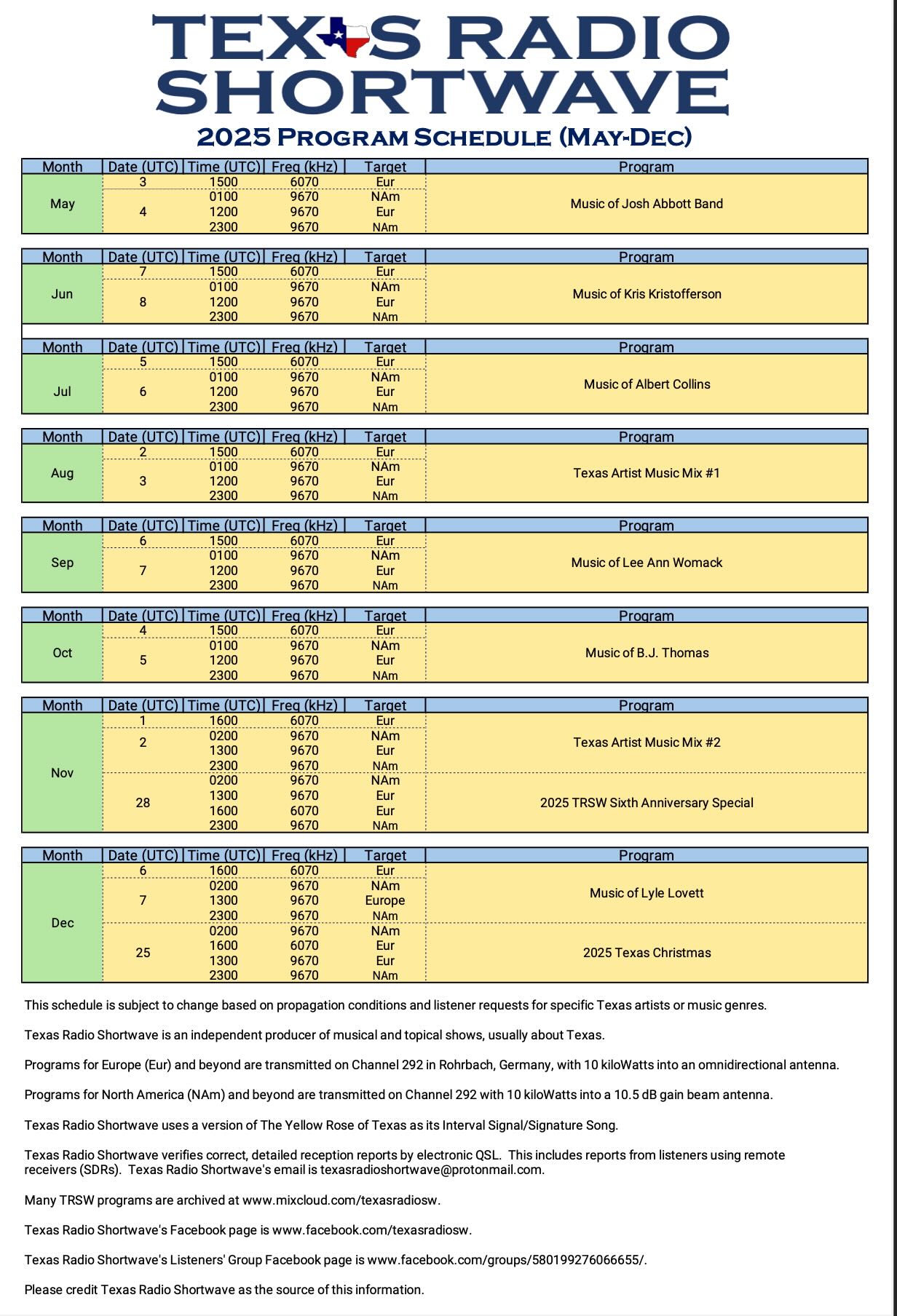Many thanks to SWLing Post contributor, Bill Tilford, who shares the following update:
From the Isle of Music, July 2025
July’s program will be the second of several episodes featuring the best of Cubadisco 2025, Cuba’s most important discographic awards. This is the best of the best of Cuba’s new releases.
Friday, July 11:
6070 kHz at 1700 UTC
3955 kHz at 2100 UTC
Sunday, July 13:
9670 kHz at 1700 UTC using booster beam E to eastern Europe and Eurasia (repeat of July 11 episode).
Uncle Bill’s Melting Pot, July 2025
In July we will recognize the national days of Canada and the United States with music and comedy from both places, but it will not be standard patriotic fare in either case.
Friday, July 18:
6070 kHz at 1700 UTC
3955 at 2100 UTC
Sunday, July 20
9670 kHz at 1700 UTC using beam E (repeat of July 18 episode).
*For those who were avoiding 3955 due to mixing product issues at the station, we have been informed that this has been fixed.
**In addition to direct radio reception, we do honor reception reports using remote SDRs as long as the whole program is described and which SDR is specified.

